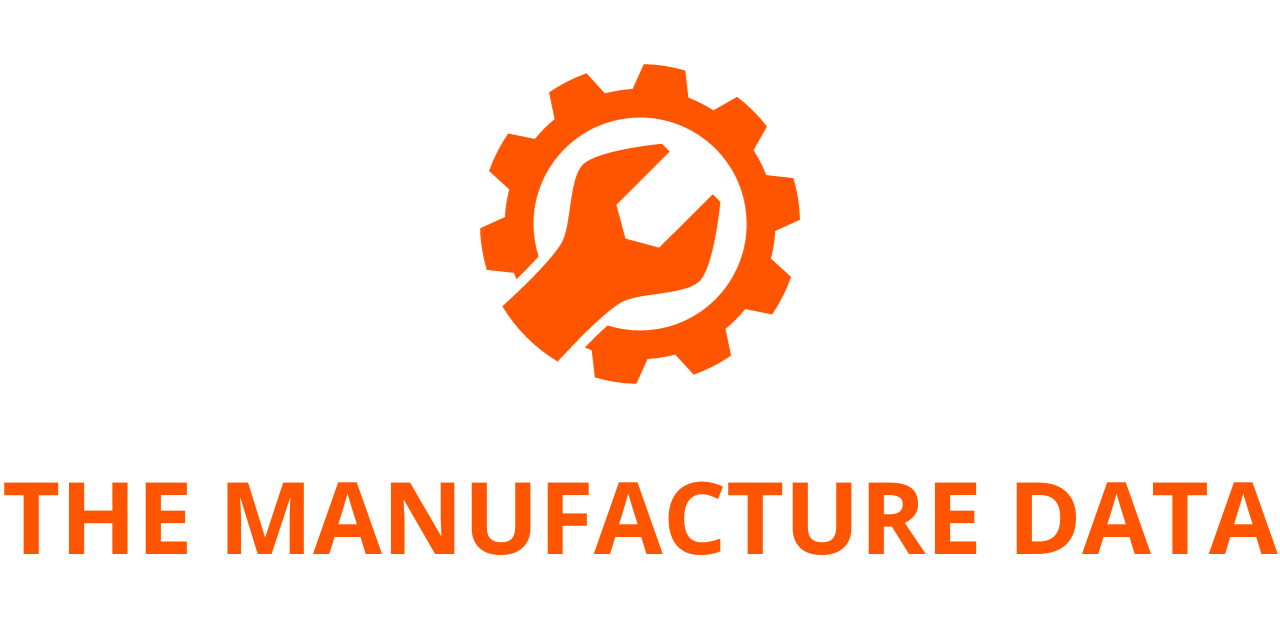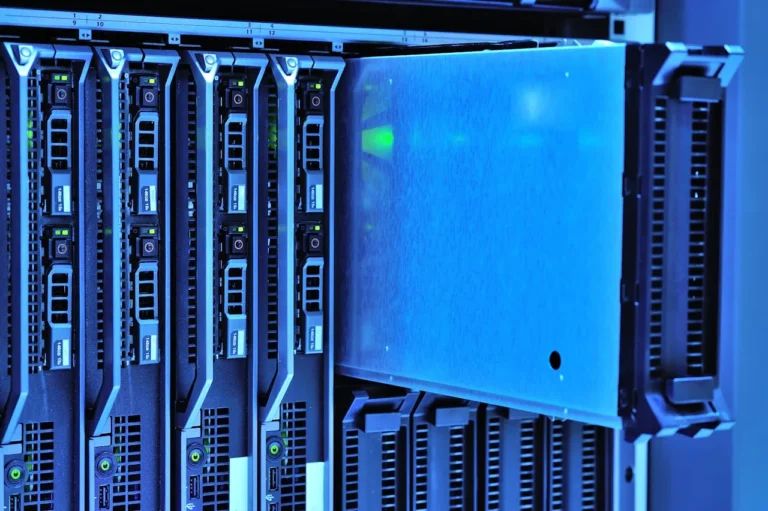
TSMC Reports Strong Q2 2025 Results with EPS of NT$15.36, Driven by AI and HPC Demand
Taiwan Semiconductor Manufacturing Company (TSMC) (TWSE: 2330, NYSE: TSM), the world’s leading contract chipmaker, has reported impressive financial results for the second quarter of 2025, buoyed by surging demand for artificial intelligence (AI) and high-performance computing (HPC) technologies.
For the quarter ended June 30, 2025, TSMC reported consolidated revenue of NT$933.79 billion, a 38.6% increase year-over-year, reflecting the company’s continued dominance in advanced semiconductor manufacturing. Net income for the quarter reached NT$398.27 billion, with diluted earnings per share (EPS) of NT$15.36, equivalent to US$2.47 per American Depositary Receipt (ADR). Both net income and EPS grew by 60.7% compared to the same period in 2024, signaling strong operational and market performance.
Quarter-over-Quarter Growth and U.S. Dollar Metrics
Compared to the first quarter of 2025, TSMC’s Q2 revenue increased by 11.3%, and net income grew by 10.2%, indicating a strong sequential acceleration in business momentum. In U.S. dollar terms, TSMC posted revenue of US$30.07 billion, representing a 44.4% year-over-year increase and a 17.8% gain from the prior quarter, benefiting from both volume growth and a favorable product mix.
Strong Profit Margins Reflecting Operational Efficiency
The second quarter also saw TSMC deliver strong profitability. Gross margin stood at an impressive 58.6%, while operating margin reached 49.6%. The net profit margin was 42.7%, highlighting the company’s ability to maintain high levels of profitability even amid a challenging macroeconomic backdrop.
Advanced Technology Nodes Continue to Drive Revenue
A key driver of TSMC’s performance has been its leadership in advanced process technologies. In the second quarter, the 3-nanometer (3nm) technology node accounted for 24% of the company’s total wafer revenue. Meanwhile, the 5-nanometer (5nm) node contributed 36%, and the 7-nanometer (7nm) node contributed 14%. Collectively, advanced technologies—defined by TSMC as 7nm and beyond—represented 74% of total wafer revenue. This further underscores TSMC’s technological edge and strategic positioning in serving high-end semiconductor demands, particularly in AI accelerators, HPC processors, and premium mobile chips.
AI and HPC Demand Remain Key Growth Catalysts
Wendell Huang, Senior Vice President and Chief Financial Officer at TSMC, commented on the company’s results, stating, “Our business in the second quarter was supported by continued robust AI and HPC-related demand.” He noted that TSMC’s leadership in advanced nodes has positioned the company to capture growing demand for complex and power-efficient chips required in next-generation computing applications.
Huang added, “Moving into the third quarter of 2025, we expect our business to be supported by strong demand for our leading-edge process technologies.”
Q3 2025 Outlook: Continued Growth Expected
Looking ahead to the third quarter, TSMC remains optimistic about continued growth. Based on its current business outlook and customer demand forecasts, the company expects revenue to range between US$31.8 billion and US$33.0 billion, which would represent another quarter of sequential growth.
Assuming an exchange rate of NT$29.0 to US$1.00, TSMC anticipates maintaining healthy profitability in Q3:
- Gross profit margin is forecasted to be between 55.5% and 57.5%
- Operating profit margin is projected to range from 45.5% to 47.5%
These expectations reflect the company’s confidence in both its technology leadership and its ability to meet the sustained global demand for cutting-edge chips.
Strategic Positioning and Market Leadership
TSMC’s strong second-quarter results come amid a broader surge in global semiconductor demand, particularly from generative AI applications, cloud infrastructure, and advanced consumer electronics. As the primary manufacturer for major chip designers such as Apple, AMD, and NVIDIA, TSMC plays a pivotal role in enabling next-generation computing technologies.
The company’s rapid scaling of its 3nm process technology and preparations for future nodes such as 2nm further solidify its role as a key enabler of digital transformation. Its continued investments in R&D and capacity expansion, including fabs in the U.S., Japan, and Germany, underscore its global strategy and commitment to supply chain diversification.




